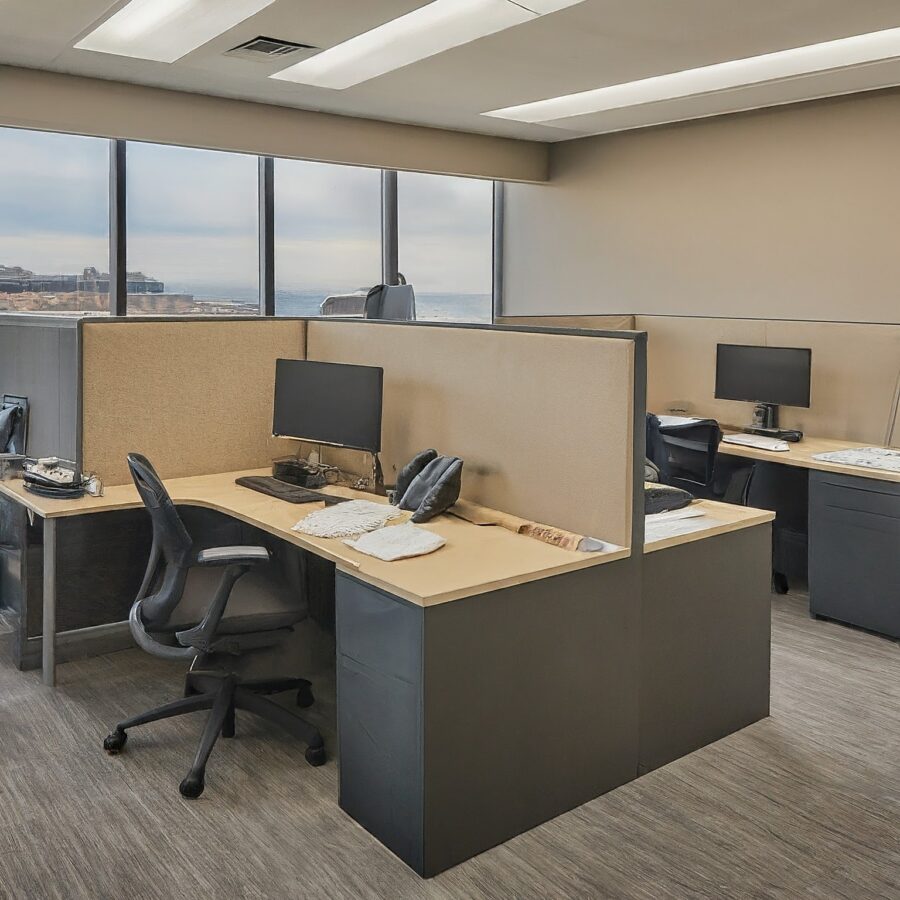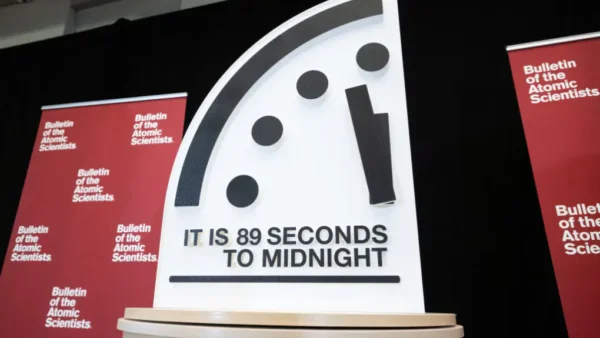Cubicles, a ubiquitous fixture in modern offices, has a surprisingly long and contentious history. From its early days as a symbol of progressive workplace design to its current status as a source of debate, the cubicle has been a battleground for ideas about productivity, privacy, and employee well-being. This article delves into the rise and fall (and potential rise again?) of the cubicle, exploring its impact on office culture and sparking a critical discussion about its future.
From Open Floor Plans to Partitioned Productivity:
The late 19th and early 20th centuries saw a shift in office layouts. Prior to this, workplaces were often large, open rooms with minimal barriers. This open floor plan, while fostering communication, also led to distractions and noise pollution. In response, efficiency experts like Frederick Winslow Taylor, the father of Scientific Management, advocated for breaking down work into smaller, more manageable tasks. This philosophy naturally extended to the physical workspace, and the seeds for the cubicle were sown.
The Birth of the Cube:
Enter Walter Gropius, a founder of the Bauhaus design school in Germany. In the 1920s, Gropius envisioned a completely standardized workplace where every element, from furniture to lighting, was designed for maximum efficiency. This vision heavily influenced the American architect, F.J. Kiesler. In 1930, Kiesler designed an “experimental office” for the company Remington Rand. This prototype featured modular, partially enclosed workstations that aimed to balance privacy with a sense of openness. This was the first true iteration of the cubicle.
The Rise of the American Cube Farm:
Following Kiesler’s lead, American companies like Herman Miller explored similar concepts throughout the 1940s and 50s. The real turning point came in 1964 with the introduction of Robert Propst’s Action Office system for Herman Miller. This modular furniture system, featuring low partitions and movable components, offered a more flexible and visually appealing solution than previous attempts. Propst believed these “action offices” would foster collaboration while minimizing distractions.
The Action Office system was a runaway success. Companies, eager to embrace the latest trends in efficiency, adopted cubicles en masse in the 1960s and 70s. The once-luxurious private offices of executives were replaced by standardized cubicles, creating the now infamous “cube farm” landscape.
The Dark Side of the Cube:
While initially lauded for promoting efficiency, the cubicle soon faced criticism. Opponents argued that the low partitions did little to block noise or distractions. Furthermore, the visual isolation created a sense of confinement and a lack of natural light, impacting employee morale and creativity. Studies also showed increased stress levels and decreased collaboration in heavily cubed environments.
Beige Box:
By the 1990s, the negative aspects of the cubicle were undeniable. Companies began experimenting with alternatives, such as open floor plans with designated collaboration spaces and “hoteling” systems where employees could reserve desks as needed. However, these arrangements also presented challenges, leading to concerns about noise and a lack of dedicated work zones.
The Future of Work: Cubicles 2.0?
The rise of remote work and flexible work arrangements in the 21st century has further complicated the debate about office design. While some companies have embraced entirely remote workforces, others are rethinking the traditional office. Interestingly, some recent trends suggest a potential reimagining of the cubicle, not its complete demise.
High-Tech Cubicles:
Modern cubicles often incorporate advancements in technology and design. Higher partitions and sound-absorbing materials offer more privacy. Adjustable desks and ergonomic chairs promote better posture and comfort. Additionally, advancements in lighting and ventilation aim to create a more natural and healthy work environment.
Activity-Based Working:
The concept of activity-based working (ABW) acknowledges that employees have different needs throughout the day. Modern offices may combine open collaboration areas with reservable focus rooms or soundproof booths that resemble high-tech cubicles. This allows employees to choose the environment that best suits their current task.
The Human Factor:
Regardless of the specific design choices, the future of work spaces needs to prioritize the well-being and needs of employees. Natural light, access to fresh air, and opportunities for both collaboration and focused work are crucial. Additionally, fostering a strong company culture that values employee well-being and autonomy transcends any specific office layout.
Beyond the Box
The cubicle has been a defining feature of the modern office for decades. While its initial promise of increased efficiency was overshadowed by concerns about employee well-being, the concept is not entirely without merit. The future of work spaces likely lies in a hybrid…

Originally posted 2024-04-03 11:48:56.




